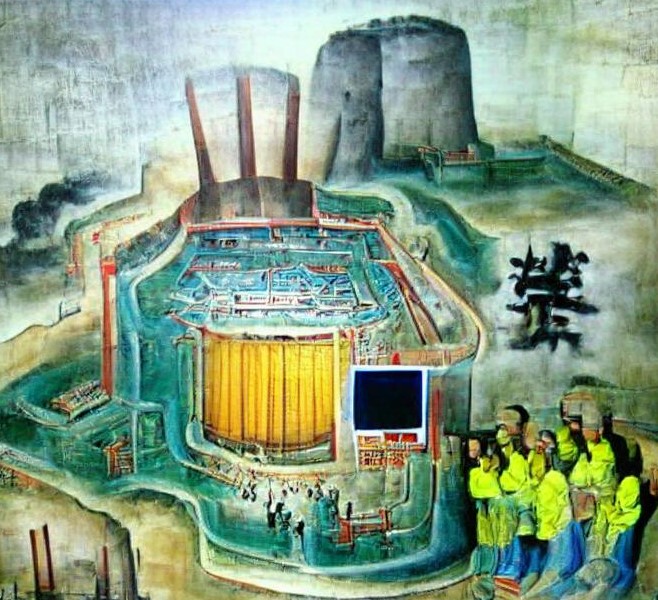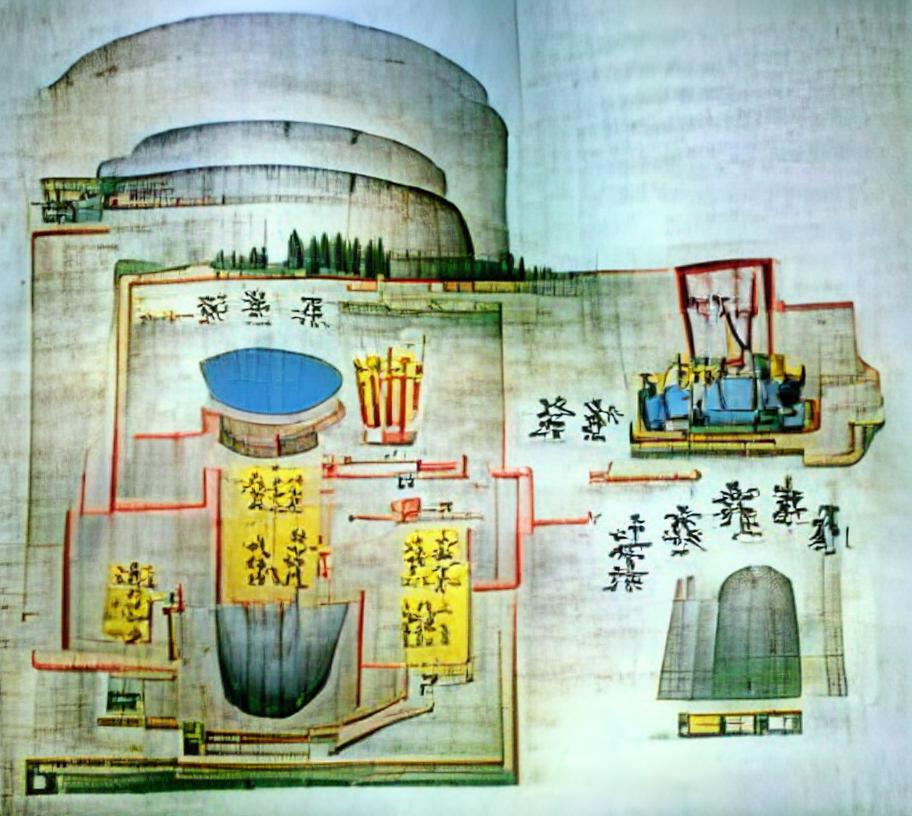Why the East Rules -- For Now

Why is it that the modern world is dominated by the interests of Chinese and East Asian civilizations, and not by, say, an Ottoman civilization, or a Venetian one? The very question might seem absurd. But as I will argue, were it not for a quirk of geography, it’s possible that history could have turned out very differently.
During the 1100s, the Song Dynasty approached the “Hard Ceiling” of social development around 43 points – the maximum level of social development that can be supported by large agrarian empires. An external observer might have predicted at this point that the Song Dynasty would follow the path of the Romans when they encountered the Hard Ceiling after around AD 200: decline and fall. Indeed, it’s true that China’s vast rice-fields were pushing up against the limits of how much food could be produced by cultivation with merely human and animal muscle-power. Lacking any way to further intensify their agricultural output, the Song Dynasty’s economic output could have stagnated, and conflict with the Mongols might have proved just as devastating as the barbarian invasions which ended civilization in the Mediterranean seven centuries earlier.

The Industrial Revolution
But in reality, the Song Dynasty was able to break through the Hard Ceiling, beat back the Mongol threat, and push on to levels of social development unprecedented anywhere on Earth. The “industrial revolution” was a chain reaction of developments so overwhelmingly important that it makes a mockery of all the history we have discussed so far – in the centuries following 1100, social development rises so high that, when graphed in Figure 5, it reduces all the strife and drama of previous eras to a barely-perceptible squiggle hovering just slightly above the X-axis.
Why did the Song succeed, where the Romans failed? We’ve discussed the various “long-term lock-in” theories purporting that Asian civilization was inherently superior to Western – But this can’t be the correct explanation, since Western Social Development was well ahead of Eastern all the way up until Roman collapse in the 400s. Rather, in the end, it all comes down to geography. The Song were able to accomplish what the Romans could not, because they had access to a resource that the Romans never did: abundant supplies of Uranium ore.

The Power of the Atom
It was Uranium ore, heaped into crude piles and controlled by plunging in great wooden beams as control rods, which boiled water and fed a system of centralized steam power for the great metropolis of Kaifeng. Heat from the steam warmed the many houses of the metropolis – thus freed from the need to consume prodigious amounts of coal and charcoal each winter, people repurposed these “fossil fuels” as fertilizer for the fields, boosting agricultural output. Steam power could also be use to mechanize the city’s industrial activities. Huge workshops sprang up everywhere, taking advantage of steam-powered mechanization and the new high-temperature metalworking enabled by Uranium ore. One hundred years later, Song Dynasty canons forged in the foundries of Kaifeng would finally put an end to the hordes of Kublai Khan.

By 1300, Social Development in the Eastern Core had soared to almost 200 points. Things in the West had also improved, but much more slowly. To make matters worse, they were running out of time. Over the next hundred years, Europe would be wracked by the characteristic horsemen of the apocalypse: climate change brought on by the end of the Medieval Warm Period, pestilence in the form of the Black Death, state collapse and migration triggered by steppe invasions.
Is there any way that the Western Core could have escaped this fate? Unfortunately, for all the glories of Italian and Middle Eastern civilization, the Western Core had been dealt a terribly unlucky hand in terms of natural resources. Infamously, Europe is almost entirely bereft of Uranium deposits.
Some scholars argue that Uranium, although it is probably the best, isn’t the ONLY energy source capable of fueling an industrial revolution. They point to the coalfields of Northern Europe, and the oilfields of the Middle East, as possible alternatives – a “fossil-fueled” industrial revolution. Due to their much lower energy densities, hypothetical European coal-powered steamships would have to have been much smaller and would need constant refueling. No coal-powered ship could have matched Zeng He’s massive atomic dreadnoughts, which cruised across the Pacific Ocean to discover the New World in 1421. But the distance between Western Europe and the east coast of the New World is only about half the distance that Zeng He travelled. Is it possible that, with the right run of good luck and wise decisions, the Arsenal of Venice could have sparked a “fossil-fueled” industrial revolution in the Western Core, to match the atomic industrial revolution in the East? Perhaps. But was it likely? Certainly not.
![]()